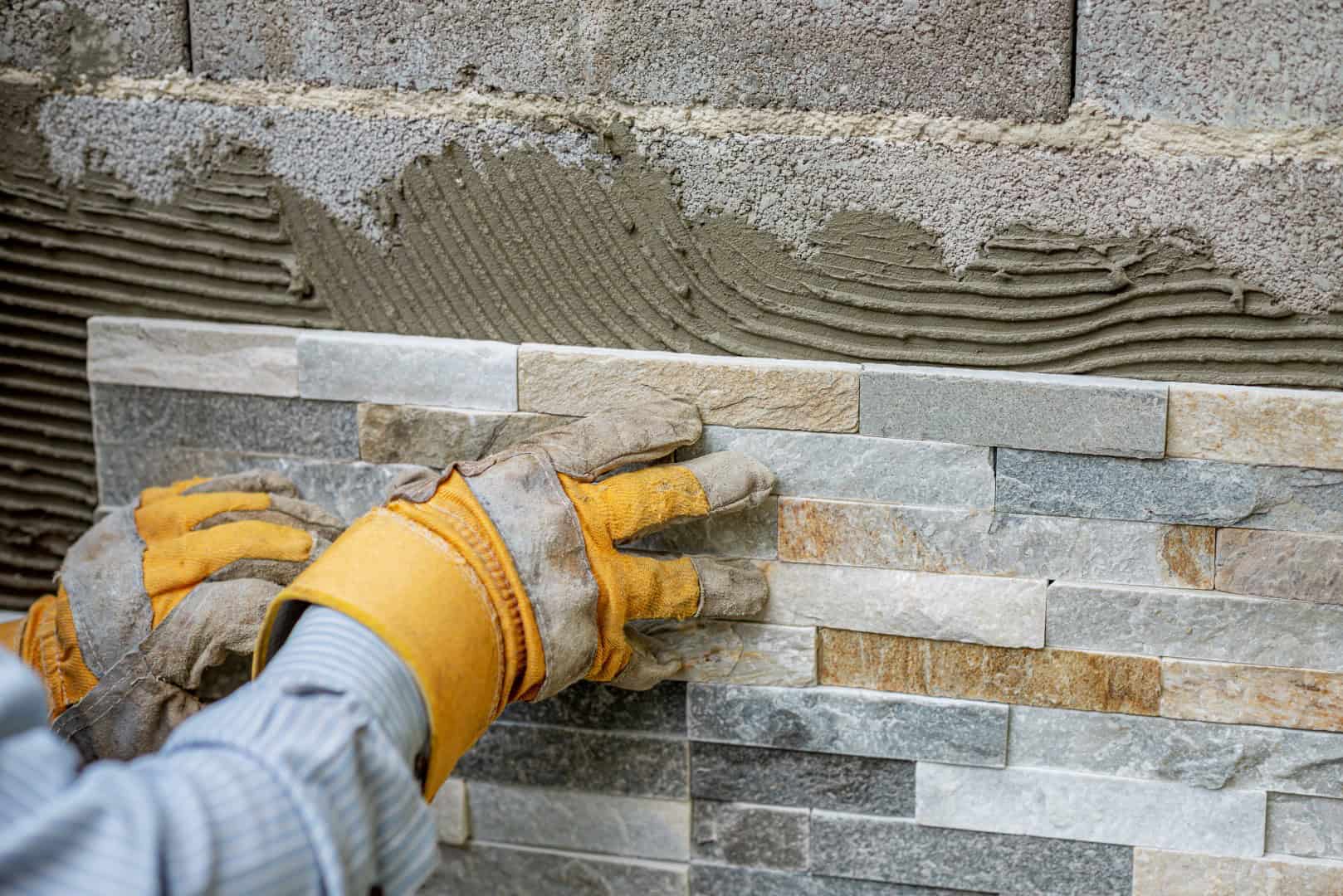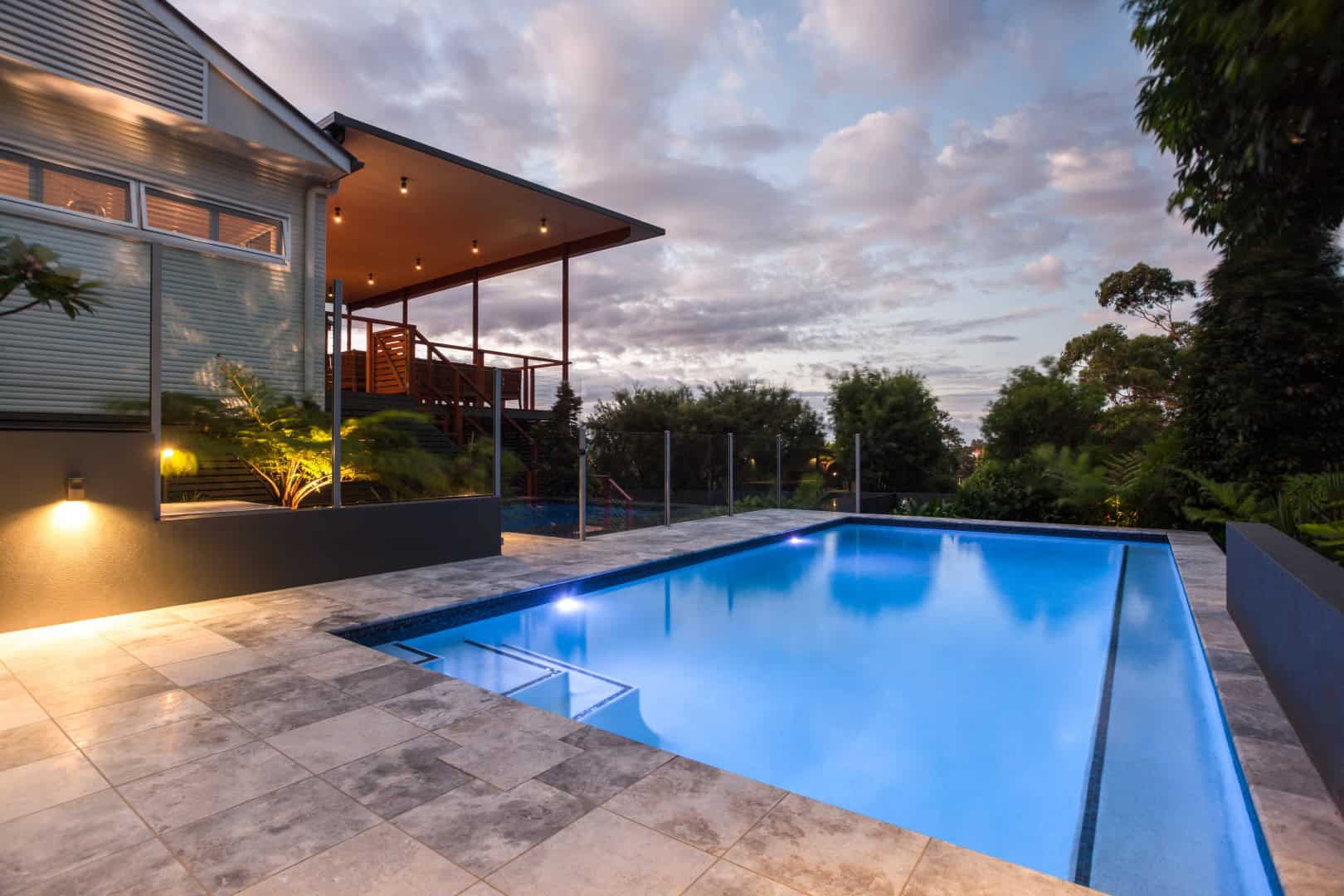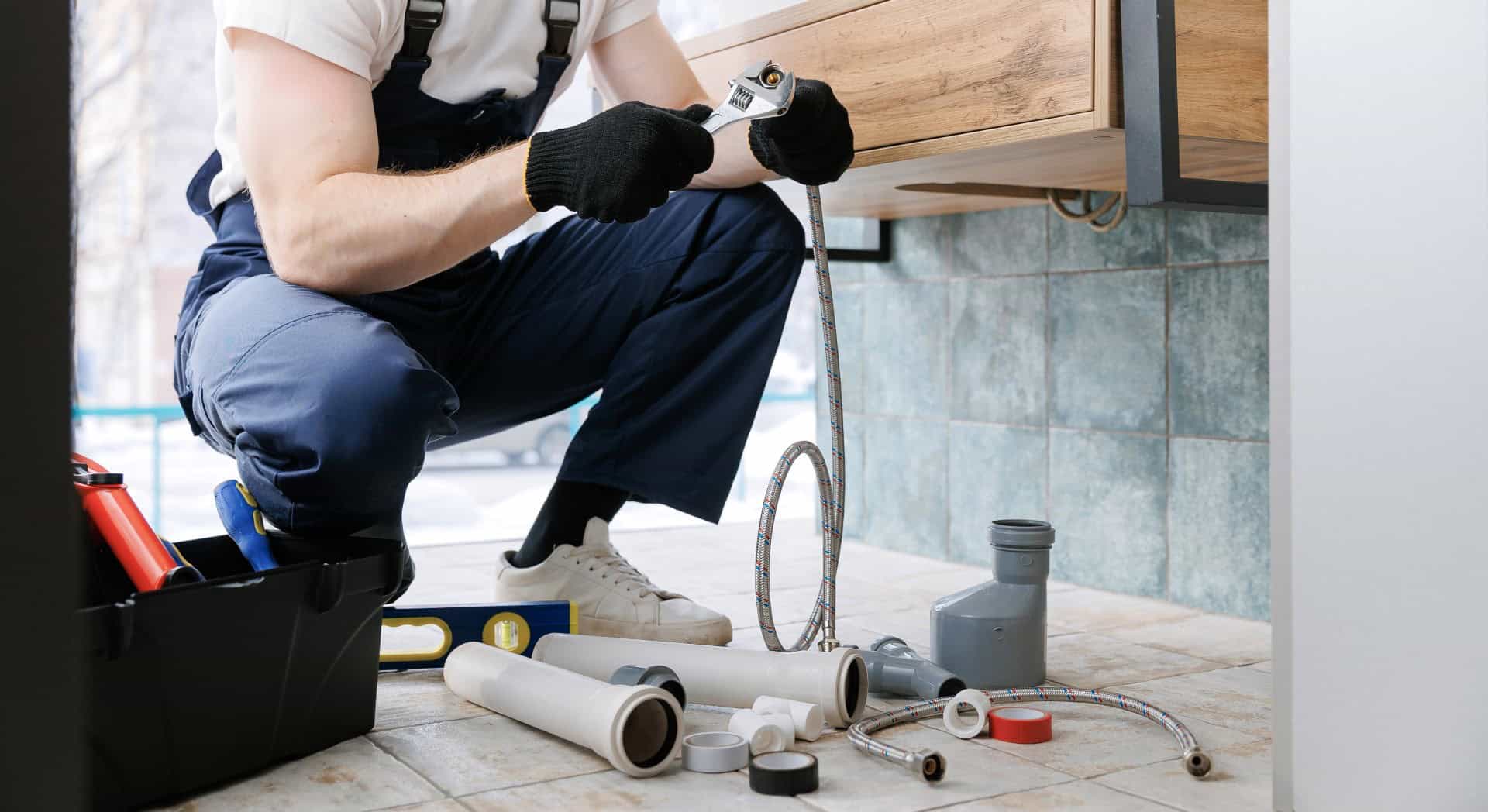Transforming your bathroom into a sanctuary requires careful consideration of various elements, from fixtures to flooring. One of the critical aspects of this design puzzle is selecting tiles that not only enhance the aesthetic appeal but also complement your bathroom fixtures. Whether you’re renovating an existing space or building anew, here’s how to ensure your tiles harmonise perfectly with your fixtures.
Understanding Your Bathroom’s Style
Before diving into tile options, it’s essential to understand the overall style of your bathroom. Is it modern, traditional, rustic, or transitional? Each style has its own unique characteristics, and your tiles should reflect this. For instance, sleek, large-format tiles often suit a contemporary bathroom, while subway tiles might be perfect for a more traditional or farmhouse-style bathroom. Matching your tiles to the bathroom’s style creates a cohesive and visually pleasing look.
Colour Coordination
Colour plays a significant role in setting the tone of your bathroom. The colour of your tiles should either complement or contrast with your fixtures to create a balanced look. For instance, if you have chrome fixtures, cool-toned tiles in shades of grey, white, or blue can enhance the sleekness of the metal. On the other hand, if your fixtures are in warm tones like brass or gold, consider tiles in beige, cream, or even warm-toned marble. Don’t shy away from bold colours if they suit your style, but ensure they do not overwhelm the space.
Material Matters
The material of the tiles is another crucial factor. Porcelain, ceramic, stone, and glass tiles each bring their unique texture and finish to the bathroom. Porcelain and ceramic are versatile and durable, making them excellent choices for both floors and walls. Stone tiles add a touch of luxury and natural beauty but require more maintenance. Glass tiles can create stunning accents or feature walls, reflecting light and making the space feel larger. Choose materials that not only match your aesthetic preferences but also suit your lifestyle and maintenance capabilities.
Pattern and Layout
The pattern and layout of tiles can dramatically affect the room’s appearance. Simple, classic layouts like a brick or stacked pattern offer a timeless look, while more intricate patterns like herringbone or chevron can add a modern twist. The size of the tiles also matters; larger tiles can make a small bathroom appear more spacious, while smaller tiles or mosaics can add intricate detail. Consider how these patterns and layouts will work with your fixtures. For example, a busy pattern might overwhelm a small space but can look stunning as an accent wall behind a minimalist vanity.
Consulting Your Plumbing Expert
An often-overlooked aspect of choosing bathroom tiles is consulting with your plumbing expert. Professional plumbers have a wealth of experience with various bathroom designs and can offer invaluable advice on what works best in terms of both style and functionality. They can ensure that your tile choices won’t interfere with plumbing fixtures and help you avoid potential issues down the line. Your plumber might also provide insights into the best types of tiles for wet areas to prevent issues such as water damage and mould.
Practical Considerations
While aesthetics are crucial, practicality should not be overlooked. Ensure that your floor tiles are slip-resistant to prevent accidents, especially in wet areas. It’s also wise to choose tiles that are easy to clean and maintain. High-gloss tiles, while beautiful, can show water spots and soap scum more readily than matte finishes. Additionally, consider the grout colour and type; darker grout can hide stains better, while epoxy grout is more resistant to moisture and staining than traditional cement grout.
Harmonising Function and Style
Choosing tiles that complement your bathroom fixtures involves balancing style, functionality, and practicality. By understanding your bathroom’s style, coordinating colours, selecting the right materials, and considering patterns and layouts, you can create a harmonious space. Don’t forget to consult with your plumbing expert to ensure your choices are not only beautiful but also functional. With thoughtful planning and consideration, your bathroom can become a stunning and cohesive sanctuary that reflects your personal taste and meets your practical needs.





